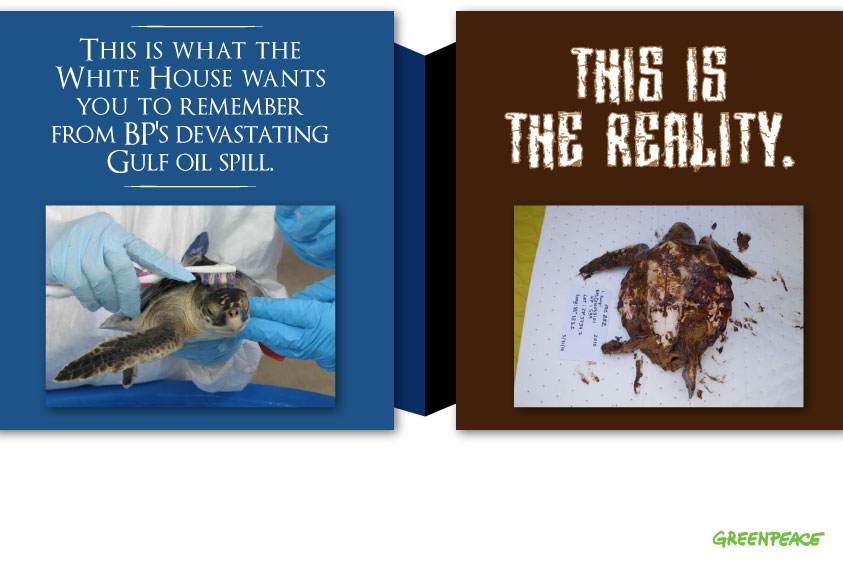|
We have seen many catastrophic incidents, accidents and disasters, in every content with far reaching consequences that span decades. Whether those are environmental disasters or health and safety failures, innocent people and animals have suffered needlessly, particularly when a vast majority of of those accidents can be avoided with proper training. This s a frustration that we can all relate to.
In response, recent years have demonstrated an increased interest in “behavioural safety” across all industries. The reason for this interest is the belief that accidents or near misses occur amongst frontline workers, as per the title of this blog; 70-80% of incidents are caused by ‘human error’ *. Organisations are making significant investment towards changing behaviour when it comes to health, safety and environment by providing a wide range training and awareness programmes. Chiefly, these take the form of a definition of safe/unsafe behaviours, observations of behaviours by trained professionals and providing detailed feedback aimed at reinforcement of behaviours. Whilst there is evidence that these approaches can be successful in reducing unsafe behaviours, the benefits of such awareness training provides other benefits such as: Highly visible commitment of leadership to improving health, safety and environment; Increased profile of health, safety and environment; Leadership by example, and Employee engagement in health, safety and environment; Health, safety and environment starts at the top, with leadership, demonstrating their own implementation of the standards. The introduction of behavioural training has documented benefits, however, an organisation’s management develops and instils their own safety culture and environment. To help you in rolling out such behavioural training, it is useful to consider the following: Knowing your audience and preparing your messages clearly, Being realistic in your expectations about what this training can help you achieve, and what it cannot. Prepare the ground in advance, e.g. provision of safety ,materials, infrastructure and tools. The Sustainability to Action team offers expert advice and can provide the support you need to communicate and engage on health, safety and environmental aspects within your organisation. Contact us on [email protected] for more information. *Source: Article by the Health and Safety Executive titled: thinking about behavioural safety, October 2014.
1 Comment
 Traditionally, October is known as Breast Cancer awareness month, as an annual campaign to increase awareness of the disease. During this month men and women are encouraged to make themselves more aware of the symptoms and help that is available. Ironically, most people are aware of breast cancer, but they don’t really know the basic facts and the steps to take to detect the disease in its early stages and encourage others to do the same. Breast cancer does not discriminate between young and old, male or female. Do something positive today. Simply check! Make sure you share the information with your friends and family, click here to find out more. |
Categories
All
AuthorSandra Anani is passionate about sustainability, with over 19 years’ experience. She has dedicated her career to sustainable development and communications. Archives
November 2022
|


 RSS Feed
RSS Feed
